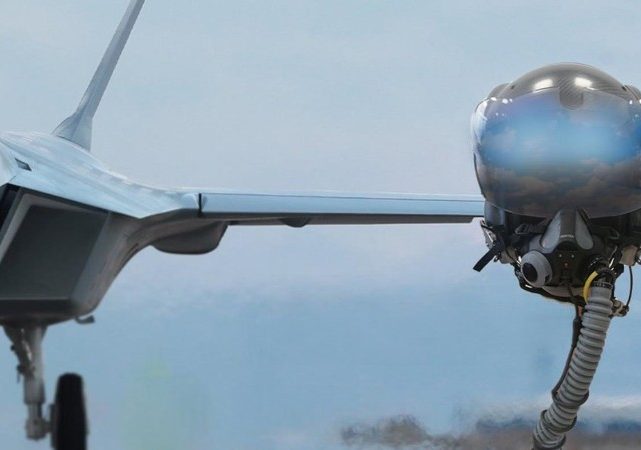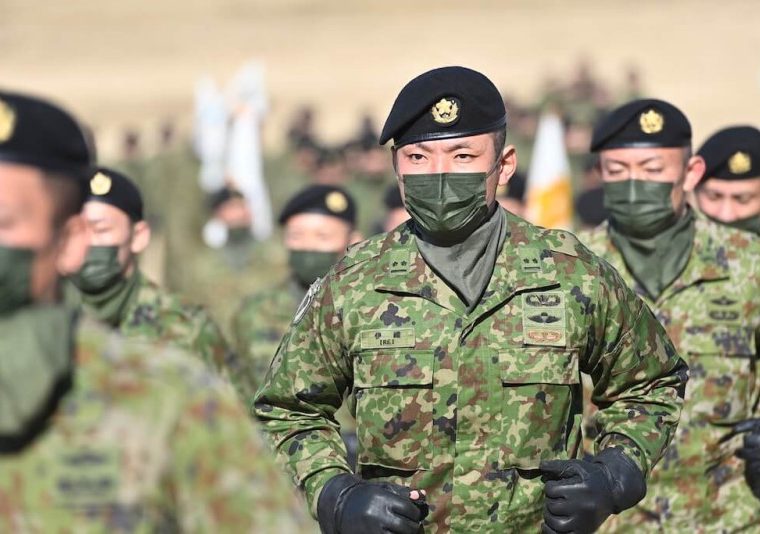T
he KAAN fighter jet, developed as part of the National Fighter Aircraft Program, made its maiden flight on February 21, 2024. This was the first time the Turkish public witnessed the flight of a manned fighter jet developed entirely with domestic resources.
The contract for the KAAN development project was signed between Turkish Aerospace Industries and the Secretariat of Defense Industries (SSB) in August 2016. Turkish Aerospace, as the prime contractor, completed the KAAN preliminary design activities in 2018-2022. In 2023, the KAAN fighter made its runway debut, known in aviation as a rollout, before making its maiden flight on February 21, 2024. In other words, KAAN made its first flight eight years after it graduated from an idea to an active project.
By comparison, the United States, which has developed numerous fighter jets to date, took approximately five years from the initiation of the F-35 project to its first flight. The completion of the KAAN project in eight years is commendable for Turkey, especially considering that it is the first domestically developed fighter jet.
Turkey’s domestic and national defense industry
This important achievement can be attributed to Turkey’s “domestic and national defense industry” policy, which the country began to implement decisively, especially after 2004. In a key meeting of the Defense Industry Executive Committee (SSİK) in 2004, it was decided to forgo the purchase of many off-the-shelf systems from abroad and instead focus on “co-production” or production using “domestic capabilities.”
The KAAN fighter is a complex “system of systems” requiring the development of numerous subsystems and technologies. These include special materials for low radar visibility, air-to-air and air-to-ground munitions, an AESA radar, electro-optical systems, communication systems, electronic attack and support systems, and flight computers. The significance of the first flight on February 21 underscores Turkey’s remarkable progress in defense and military aviation over the past two decades, demonstrating significant developments in advanced technology.
Within the Turkish Air Force’s inventory, the F-16 Block 30/40/50/50+ aircraft are classified as 4th-generation aircraft. In contrast, Turkey’s upcoming procurement of F-16 Block 70 fighters is considered 4.5 generation due to the integration of the AESA radar, which enables more precise and long-range detection of air and ground elements. Similarly, aircraft such as the Eurofighter Typhoon (Europe), the KF-21 (South Korea), and the Rafale (France) fall into the 4.5-generation category.
5th generation stealth capabilities
On the other hand, the F-35 (U.S.), F-22 (U.S.), J-20 (China), Su-57 (Russia), and KAAN are classified as 5th generation due to their stealth capabilities, which include low radar (RF) and infrared (IR) visibility, as well as advanced sensor systems and situational awareness. Notably, only four countries, including Turkey, currently operate 5th-generation fighter jets.
The KAAN, which measures approximately 21 meters in length, is capable of operating at an altitude of 55,000 feet and reaching speeds of up to 1.9 mach. Currently, the KAAN is powered by F110 engines, which are identical to those used on the F-16. Unlike the single engine configuration of the F-16, the KAAN has two F110 engines. However, for KAAN to achieve 5th-generation status, it must be able to reach supersonic speeds without relying on the afterburner. This is critical because the afterburner increases both fuel burn and the aircraft’s thermal, or IR, signature, reducing its range and making it more vulnerable to IR-seeking missiles. Efforts are underway within the SSB to develop an advanced turbofan engine to replace the F110 engine.
KAAN is equipped with internal weapon stations similar to many 5th-generation fighters and as a result, it doesn’t visibly carry ammunition during flight. Instead, when engaging air or ground targets, the covers on the weapon stations and sides of the fuselage retract, allowing ammunition to be fired. This provides two significant advantages: maintaining a minimal radar cross section due to the reduced aircraft surface area, and maintaining operational secrecy by concealing whether the aircraft is armed or unarmed.
In essence, Turkey has acquired an aircraft that is significantly more advanced than the F-16 Block 70, Eurofighter Typhoon, Rafale, and even the F-35, especially in terms of air-to-air combat capabilities. This is a triumph not only for the Turkish defense industry, but also for Turkish diplomacy. Just as indigenous alternatives were developed following the Canadian embargo on the electro-optical cameras used in Turkish UAVs, the KAAN fighter jet foreshadows the indigenous development of the Eurofighter Typhoon, previously unattainable due to Germany’s veto. Despite the short- and medium-term challenges posed by embargoes, particularly in the defense industry, the eventual emergence of indigenous versions of these products offers significant strategic and economic advantages.
KAAN’s flight testing
The strategic importance of Turkey’s domestic and national defense industry becomes clear when one considers the procurement of 40 F-16 Block 70 fighter jets, along with billions of dollars’ worth of ammunition and pods, which sparked significant public debate. The crux of the matter is that while Turkey can develop ammunition and other payloads domestically, integration into the F-16 Block 70 is hampered by the proprietary flight computers and software, or “source codes,” owned by the United States. As a result, the manufacturer mandates the purchase of ammunition, which poses a risk to the sustainability of ammunition stocks in potential war scenarios. Therefore, Turkey’s emphasis on developing its domestic defense industry is not just a preference, but an imperative.
Following its maiden flight, KAAN’s flight testing will continue with various prototypes until 2029, accompanied by ongoing design and hardware improvements. Then, between 2029 and 2033, the Turkish Air Force will add the first 10 KAAN Block 1 aircraft to its inventory, allowing Turkish pilots to gain flight experience with KAAN through intensive operations. From 2033 to 2040, Turkish Aerospace will diversify KAAN configurations and continue full-scale production.
While this timeline may seem long, it’s worth noting that the F-16 fighter jet, introduced in 1974, is still in production today and has evolved to its Block 70 configuration over nearly five decades. It’s important to note that KAAN is expected to reach full operational capability in about a decade.
KAAN is important not only for Turkey, but also for Azerbaijan and Pakistan. Both countries have recently decided, to varying degrees, to participate in the national fighter project. Pakistan, which currently operates a fleet of Chinese fighter jets, has decided to participate, while Azerbaijan, with an aging fleet of Soviet-made fighter jets, is undergoing modernization by the Turkish defense industry, rebranding its Su-25 fighter jets as “Su-25 LACIN.” As a result, these friendly nations are poised to become the second and third users of KAAN after the Turkish Air Force.
Recommended
Past projects
The procurement of the Eurofighter Typhoon alongside the F-16 Block 70 will not impede ongoing projects such as KAAN and KIZILELMA, given the unwavering commitment to these initiatives. History has shown the consequences of a lack of such determination, as the lack of completion of Nuri Killigil, Nuri Demirağ, and Şakir Zümre projects demonstrate.
The maiden flights of the KAAN, Bayraktar KIZILELMA, and ANKA-3 fighter jets, which will be designed by Turkish specialists in the near future, will serve as a resounding message from Turkey to the international community in the field of defense industry. It will also mark the development of KAAN into a 6th-generation fighter aircraft. Prof. Temel Kotil, CEO of Turkish Aerospace, recently stated, “The 6th generation is a little more powerful and surrounded by unmanned aircraft. Let us finish KAAN first and then we will finish the rest.”
The hallmark of the 6th-generation fighter is its ability to command varying numbers of unmanned fighters for different missions. In essence, its powerful communications systems act as the “brain” that orchestrates the deployment of unmanned fighters as needed. Bayraktar KIZILELMA will perform both air-to-air and air-to-ground missions, while ANKA-3 will focus on deep strike missions, specifically targeting enemy air defenses or strategic installations. This distinction is due to the fact that ANKA-3 has a slightly reduced radar cross section due to its wing shape, which gives it an advantage in evading ground-based air search radars and facilitates operations inside enemy territory.
With the introduction of the 6th-generation fighter jet, the Turkish Armed Forces, in cooperation with the Turkish defense industry, will drive the paradigm shift in unmanned systems to unprecedented heights.





